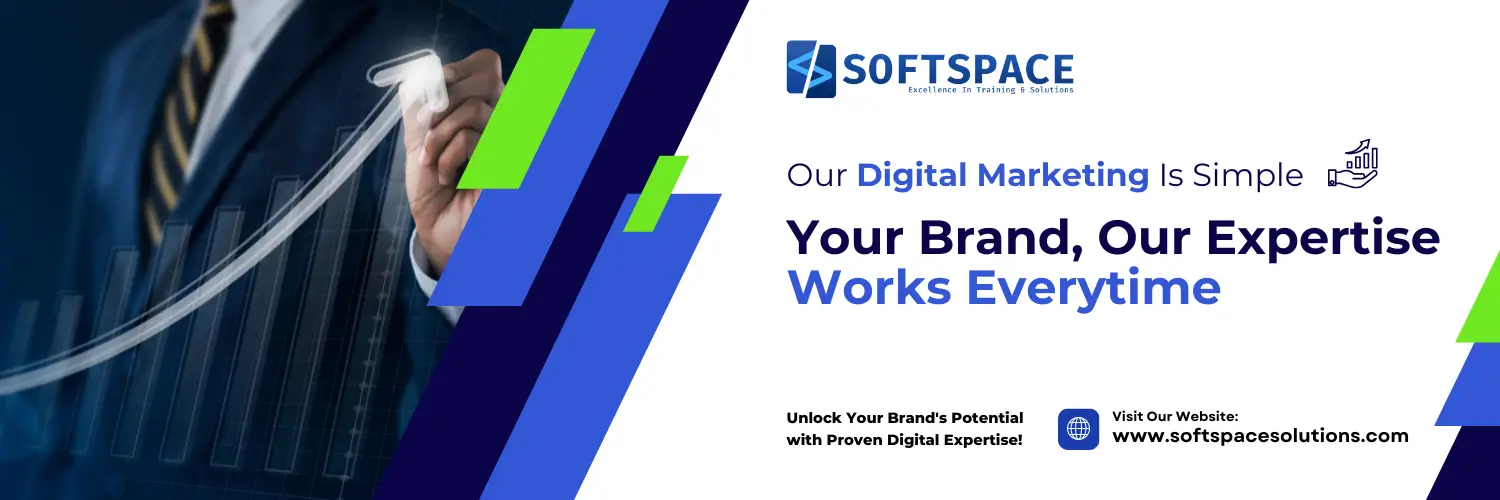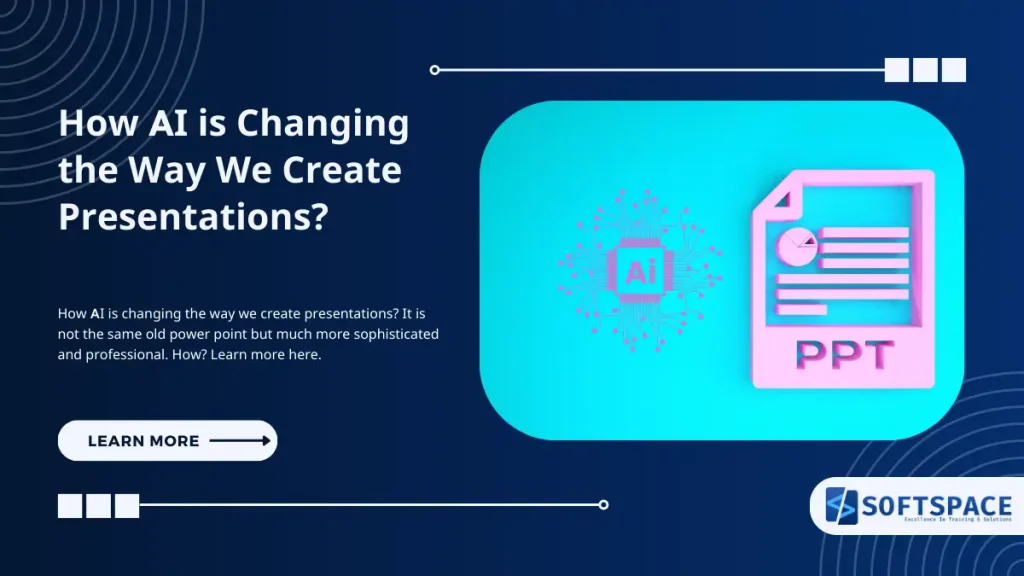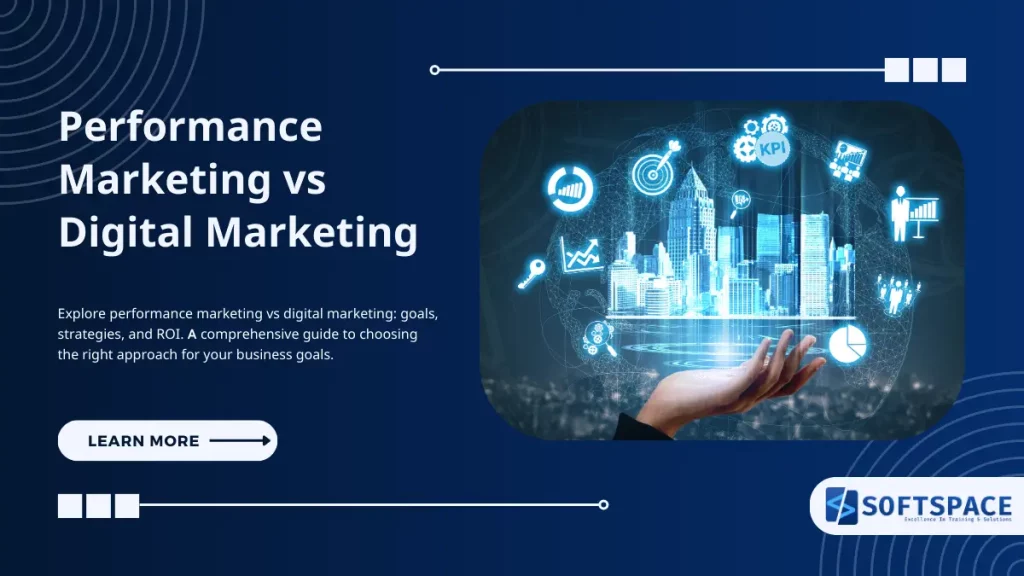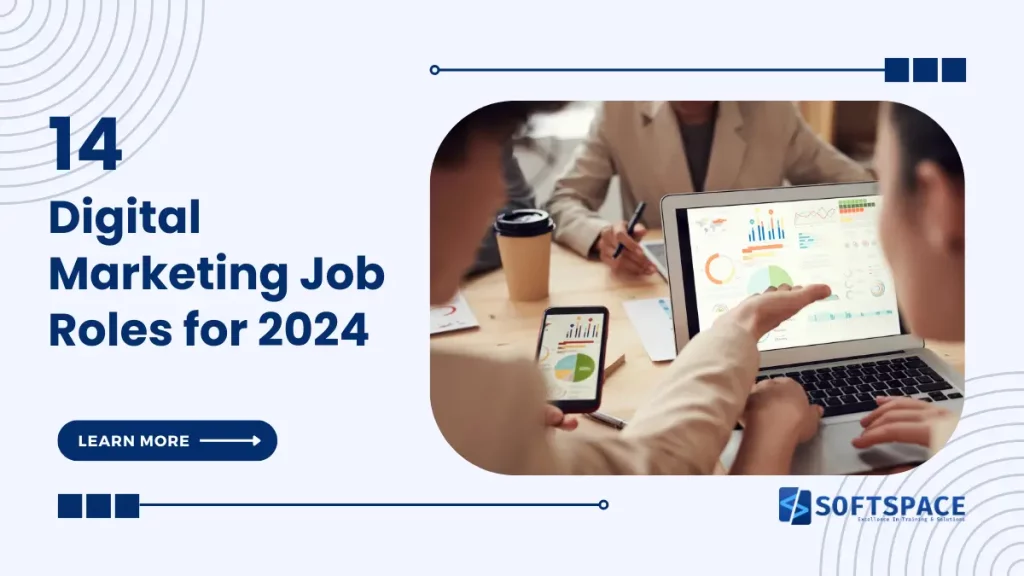Artificial intelligence, also known as AI, is reshaping industries worldwide, and the art of crafting presentations is no exception. Despite the inception of video formats, virtual webinars, or even the trend of no-slides for talks, presentations, as we typically know them, remain a vital tool for communication. The problem? How much time does it take to create a slide deck from scratch?
Yes, it’s true that PowerPoint templates help us be more effective, but AI is stepping in to streamline and enhance every aspect of the presentation design process—all this with an incredible level of creativity at our disposal.
In this article, we’ll go through the core elements that discuss how AI is changing the way we create presentations and why it is important for us presenters to embrace this new era.

How AI is Changing the Way We Create Presentations?
Long gone are the hours of staring at a blank slide and thinking about what to even put in there. Which templates to use? Which images are suitable for our talk?
AI technology allows us, through AI prompt engineering, to give detailed instructions or upload an outline in text format so that the LLM models can generate an entire speech in seconds.
We can even summarize extensive documents and ask for citations according to our preferred style guide (APA, MLA, Chicago, etc.), which is ideal for research presentations or detailed report presentations in board meetings.
Beyond summaries, AI can propose structured outlines tailored to the presentation’s goal, whether it’s to inform, persuade, or educate. This ensures a logical flow without the presenter wrestling with structure from scratch.
Rather than replacing the human role, AI is a tool to speed up the process but requires human input and logic to curate which content is adequate for the presentation’s purpose.
Slide Design with AI
Once the content is drafted, the “make visual” phase starts, with its own challenges. Sometimes, we have to process large datasets into graphs. Others, we’re required to design beautiful slides that balance whitespace with cutting-edge graphics.
This is for the sole purpose of boosting audience engagement. But what if we lack the required graphic design knowledge? In situations in which advanced PowerPoint tools seem foreign to us, we don’t feel confident customizing a pre-made slide layout to fit our content. Here’s where AI tools step in.
Artificial intelligence for presentations is democratizing the slide design process and helping novices become apt designers. Platforms like SlideModel AI, an AI Presentation Maker, analyze the proposed prompt, suggest a presentation outline, offer a selection of themes we can customize later on, and fit that content into the slide layout.
The best part? Icons and images are already optimized for your presentation topic, so they won’t feel generic. It’s a speedy process in which you can design an entire deck in less than 5 minutes, covering all aspects: font pairing, color palette, placeholder areas for logos, etc.
Creating Images with AI for Presentations
Imagine adding custom-made images to your presentations. No, we don’t mean photos you took or royalty-free images but somewhat tailored illustrations that speak of what you intend to tell your audience.
Not so long ago, that process was only possible if you hired a graphic designer to do the job. Now, thanks to text-to-image AI, we count on endless possibilities that fuel up our creative flame.
Tools such as DALL-E, Midjourney, and Stable Diffusion are some examples we can easily name, and—why not- the newest image generator deployed by ChatGPT in these past weeks.
Add a detailed prompt (the more information, the merrier), wait for the result, and iterate until you get your desired image. Yes, there are some downsides, as current models struggle with fine details and don’t particularly handle edits (they redo the entire image and turn it into something else).
However, graphic designers don’t have to worry yet about being replaced by AI automation. Still, it’s an immense step forward for non-designers to create stunning slides while remaining on a budget.
The real magic of AI image creation lies in its ability to iterate quickly, even with its limitations. Take a sales pitch for a new gadget: you might prompt Midjourney with “a sleek smartwatch on a runner’s wrist, futuristic city background” and get a solid first draft.
If the watch’s straps look off or the city feels too dystopian, a tweak to the prompt—“add vibrant colors, simplify the straps”—yields a new version in under a minute. This trial-and-error process, once the domain of skilled illustrators with days of lead time, now fits into a coffee break.
For educators, this means crafting visuals like “a medieval castle under siege” for a history lesson, perfectly aligned with the lecture’s tone, without scouring the web for approximations. It’s a budget-friendly revolution that puts bespoke imagery at every presenter’s fingertips.
Enhancing Delivery Performance with AI Assistance
For those who struggle with public speaking, tools like Microsoft Presenter Coach are a blessing. We can record the rehearsal for our presentation, and this handy tool can give us real-time feedback on the voice’s pace and unnecessary filler words (like “um,” “eh,” you get the idea). Think of it as having a home coach who can take your public speaking skills to the next level.
Also, for multicultural audiences, AI-driven solutions help presenters connect more effectively. Breaking the language barrier with live subtitles or full speech conversion makes your presentations available worldwide.
Repurposing Presentation Slides to Other Mediums
What if we consider using the content created for a slide deck as part of another project? For instance, we can get draft versions of course outlines for several industries just by extracting the information from multiple slide decks. Do we do it manually? No.
AI tools for education make the experience a soft breeze by analyzing the content input (from PDFs, images, or text documents). Then, it can suggest the relevant information for a previously set purpose in the prompt.
We can ask AI tools for a myriad of options: expand the information based on sources, explain concepts in granular detail, create case studies with given conditions, summarize the information in slides for social media posts, and even suggest which visual format works best for maximum impact on a targeted demographic.
Data Visualization and AI
This is the area where AI is a shining star. Picture the scenario in which you have to process large datasets to extract the required information for decision-making in board meetings.
Visualization through charts, graphs, maps, and infographics makes the data easier to grasp for non-technical audiences; however, that data is often shown as static, with no alternatives to interact with it (unless you predict what your audience is keen on knowing and generate different scenarios). Thanks to AI, we can alter parameters and interact with data in real time.
Tools like PowerBI—currently enhanced with AI capabilities- or platforms like Google Data Studio can crawl information live, process the information (medical data, sales figures, survey results, scientific data, to name a few), and suggest the appropriate visual formats based on the content.
Natural language processing complements this by generating plain-language captions or summaries alongside visuals, ensuring that even intricate concepts remain approachable. This dual visual and textual simplification approach empowers presenters to communicate sophisticated ideas without losing their audience.
AI’s prowess in data visualization extends to predictive modeling, a feature that’s turning heads in strategic presentations. Tools like Tableau’s AI enhancements can analyze historical data—say, five years of retail sales—and project future trends directly onto a graph, complete with confidence intervals.
A CFO could present this live during a board meeting, adjusting variables like “increase ad spend by 10%” to see instant updates in the forecast visual. This isn’t just static reporting; it’s a conversation starter, letting stakeholders ask “what if” questions and see answers unfold on-screen.
For scientific talks, AI might overlay real-time sensor data, like pollution levels, onto a city map, offering a living snapshot that evolves as new readings come in. This interactivity transforms data from a footnote into the star of the show.
The Future of AI in Presentations
We’re at a very early stage of artificial intelligence, particularly for the presentation niche.
Concepts like presentations in the metaverse will soon emerge as something of common use, the same way we can picture developments in data representation and interaction in real-time, all optimized by artificial intelligence.
It remains to be seen how AI will comply with regulations like GDPR or HIPAA, as images uploaded to AI tools are currently being used to train new models.
Biases are a significant problem if you work in the social sciences. In the same way, we should weigh academic errors when asking AI about precise data.
Again, AI is meant to become an assistant in your daily tasks, perhaps replacing the role of VA assistants or other non-technical roles. Still, we’re far from considering a full presentation automation process if you aim for professional-quality results.
Beyond the metaverse, AI could personalize presentations in real-time, adapting to audience cues. Imagine a tool that scans virtual attendees’ facial expressions via webcam—detecting boredom or confusion—and tweaks the slide deck on the fly: swapping a dense chart for a simpler infographic or injecting a witty anecdote to re-engage the crowd.
This emotional intelligence and voice modulation tech might even coach presenters mid-talk, whispering through an earpiece to “slow down” or “smile more.” For physical settings, augmented reality (AR) could project interactive 3D visuals above the podium, letting audiences “walk through” a data model or product prototype.
Final Words
Here’s the thing about AI in presentations—it’s not just a shiny new toy; it’s a mirror showing us what we’re capable of when the grunt work gets out of the way. Think about it: we’re no longer stuck tweaking fonts or digging through data; we’re free to focus on the stuff that matters, like nailing the story or connecting with the room.
It’s a bit wild to imagine a tool that can draw illustrations or predict sales trends while we sip coffee, but it’s also a wake-up call. We’ve got to keep our hands on the wheel—check the facts, dodge the biases—because AI’s only as good as we make it. This isn’t the end of the presenter’s craft; it’s a new chapter where creativity and tech team up.

13+ Yrs Experienced Career Counsellor & Skill Development Trainer | Educator | Digital & Content Strategist. Helping freshers and graduates make sound career choices through practical consultation. Guest faculty and Digital Marketing trainer working on building a skill development brand in Softspace Solutions. A passionate writer in core technical topics related to career growth.



